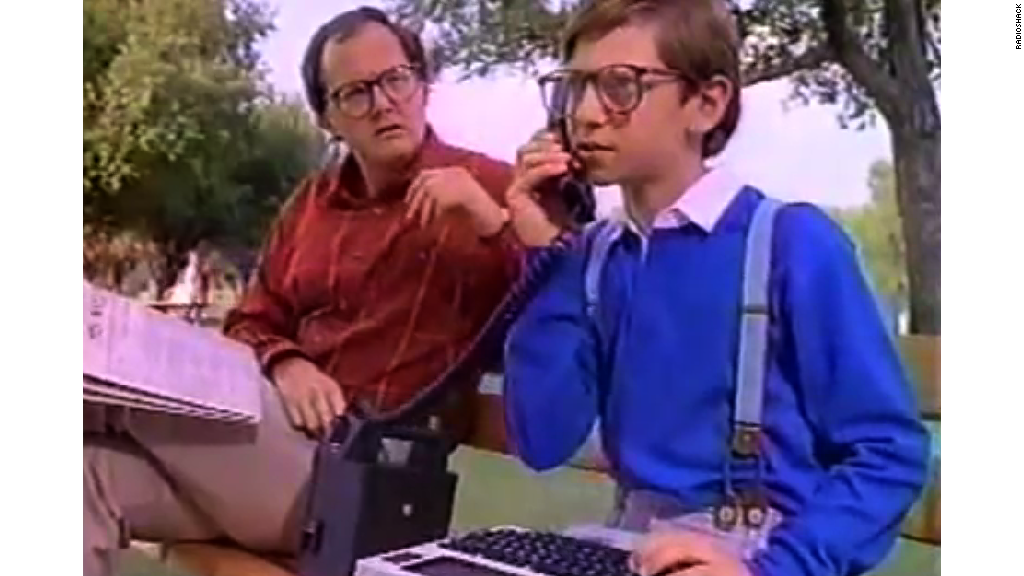
Andrew Bergmann is an executive creative director at CNN.
We're all going to miss RadioShack. For most people it's a place to get batteries and random electronic components. But for me, the company's bankruptcy filing brings up memories of my week as a 10-year-old camper — at RadioShack "Computer Camp."
It was 1983 and I was learning Logo, an early graphic programming language known more commonly as "turtle graphics." The experience would ultimately help to spark a lifelong obsession and a two-decade career in digital design.
RadioShack: 94 years of hits and misses
Computers were on the brink of becoming mainstream, but were still cost prohibitive for most families to have in their homes. Then War Games came out and overnight Matthew Broderick somehow turned monitors and keyboards from unbearably nerdy into something a little less apt to get you teased in the school hallway. Geeks suddenly wanted to get in as much computing time as possible.
Radio Shack opened a handful of "Computer Centers" in addition to their more traditional stores. Ours was located on the main drag just a block away from the standard resistor/capacitor peddling Radio Shack.

The layout was really smart. The front was stocked with all kinds of eye candy -- the latest models of desktop machines, an uber-cool portable briefcase computer with a built-in rubber cup telephone modem and even a mini machine that fit in your pocket. It was the stuff of a 10-year-old's dreams.
"Camp" was located in a small classroom in the very back of the store, so we'd have to salivate over the cutting-edge hardware on the way in, and again on the way out. The class featured two or three lines of desks, each holding five brand new TRS-80s. I really wanted to study BASIC, the layman's language of choice that could be used to create full programs and games, but didn't meet the age cutoff of 12 and ended up in turtle graphics.
Logo consisted of steering a "turtle" around the screen with simple commands like MOVE 200, causing it to walk forward 200 units. Then you could change the turtle's direction with something like TURN 90, resulting in a right turn. The real fun came when you added mathematical equations to create complex geometric shapes and fractals. It may seem archaic, but the underlying concepts are still used in many scalable vector formats today!
Pretty soon after my class, my family got a Commodore 64 and I got to delve into BASIC and graphic creation at home. The Radio Shack Computer Centers quickly faded away. And now 30 years later, so is a big chunk of the overall brand. Where will we go next time we need to buy a transistor in a hurry?
Did you go to Radio Shack computer camp? Send your stories to @dubly


